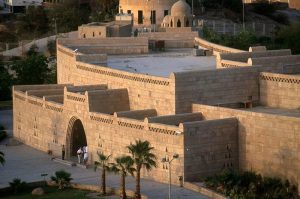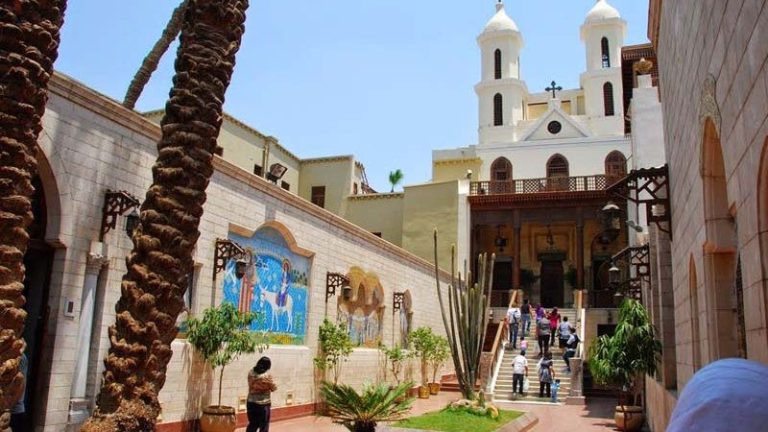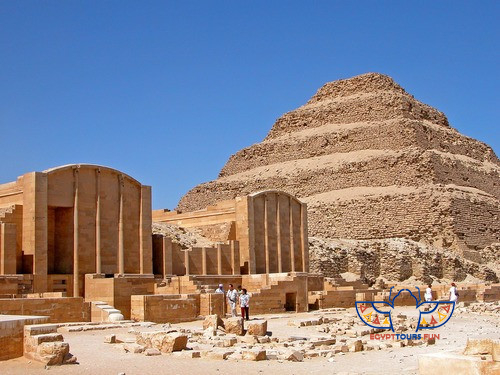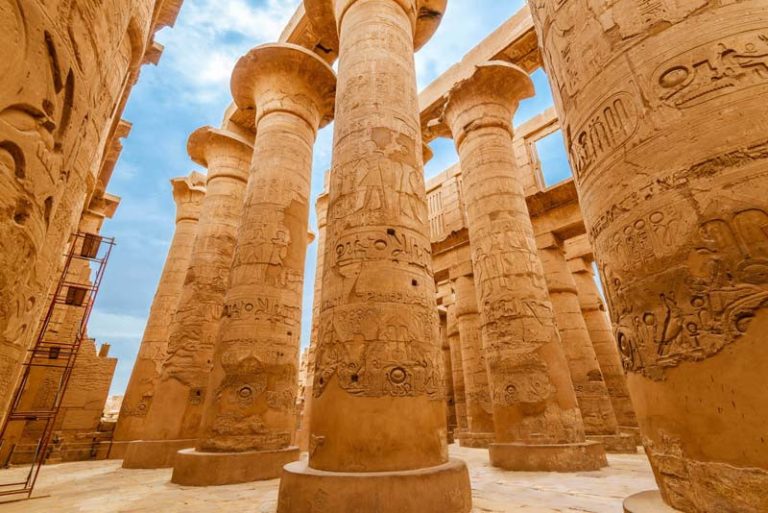The Nubian Museum (Aswan): A Gateway to the Rich Heritage of Nubia
 Nestled in the picturesque city of Aswan, the Nubian Museum is a cultural gem that celebrates the history, art, and traditions of the Nubian people. Established to preserve the heritage of Nubia, a region that spans southern Egypt and northern Sudan, the museum offers a fascinating journey through thousands of years of Nubian civilization. This article provides a detailed overview of the Nubian Museum, its history, architecture, exhibits, and significance, targeting the most important keywords for Google Search.
Nestled in the picturesque city of Aswan, the Nubian Museum is a cultural gem that celebrates the history, art, and traditions of the Nubian people. Established to preserve the heritage of Nubia, a region that spans southern Egypt and northern Sudan, the museum offers a fascinating journey through thousands of years of Nubian civilization. This article provides a detailed overview of the Nubian Museum, its history, architecture, exhibits, and significance, targeting the most important keywords for Google Search.
1. Overview of the Nubian Museum
Location and Setting
Location: The museum is located in Aswan, near the Aswan Dam and the Unfinished Obelisk, offering stunning views of the Nile River.
Architectural Design: Designed by Egyptian architect Mahmoud El-Hakim, the museum’s structure blends modern architecture with traditional Nubian elements, such as domes and earthy tones.
Mission and Vision
The Nubian Museum aims to preserve and showcase the rich cultural heritage of Nubia, which was significantly impacted by the construction of the Aswan High Dam in the 1960s.
2. History and Development
The Nubian Rescue Campaign
Background: In the 1960s, the construction of the Aswan High Dam led to the flooding of much of Nubia, displacing communities and submerging ancient sites.
UNESCO Initiative: A global effort led by UNESCO was launched to salvage Nubian artifacts and monuments, including the relocation of the Abu Simbel temples.
Establishment of the Museum
Inception: The idea for the Nubian Museum was proposed as part of the rescue campaign to preserve Nubian heritage.
Opening: The museum officially opened in 1997 and has since become a cornerstone of Nubian cultural preservation.
3. Architectural Design
Exterior Design
Nubian Influence: The museum’s design incorporates traditional Nubian architectural elements, such as domed roofs, courtyards, and earthy colors.
Landscaped Gardens: The museum is surrounded by beautifully landscaped gardens featuring indigenous plants, statues, and a replica of a Nubian village.
Interior Layout
Exhibition Halls: The museum houses three main exhibition halls, each dedicated to a different era of Nubian history.
Open-Air Displays: The outdoor area showcases larger artifacts, including statues, columns, and a traditional Nubian house.
4. Exhibits and Collections
Highlights of the Collection
Prehistoric Artifacts: Tools, pottery, and jewelry from Nubia’s earliest civilizations.
Pharaonic Era: Statues, stelae, and artifacts from the time when Nubia was part of ancient Egypt.
Christian Nubia: Religious artifacts, including icons and manuscripts, from the Christian period of Nubian history.
Islamic Nubia: Exhibits showcasing the Islamic influence on Nubian culture, including textiles and calligraphy.
Interactive and Educational Features
Multimedia Displays: The museum uses multimedia presentations to bring Nubian history to life.
Cultural Performances: Traditional Nubian music and dance performances are held regularly, offering visitors a glimpse into Nubian culture.
5. Significance and Impact
Cultural Preservation
The Nubian Museum plays a crucial role in preserving the heritage of the Nubian people, whose culture was threatened by the flooding of their homeland.
Tourism and Education
The museum attracts thousands of visitors annually, contributing to Aswan’s tourism industry.
It serves as an educational resource for scholars, students, and anyone interested in Nubian history and culture.
6. Visiting the Nubian Museum
Location and Accessibility
The museum is located in central Aswan, making it easily accessible by taxi or public transport.
Tickets and Hours
Tickets can be purchased at the museum entrance, with discounts for students and groups.
The museum is open daily, with extended hours during peak tourist seasons.
Guided Tours
Professional guides are available to provide in-depth insights into the exhibits and Nubian history.




